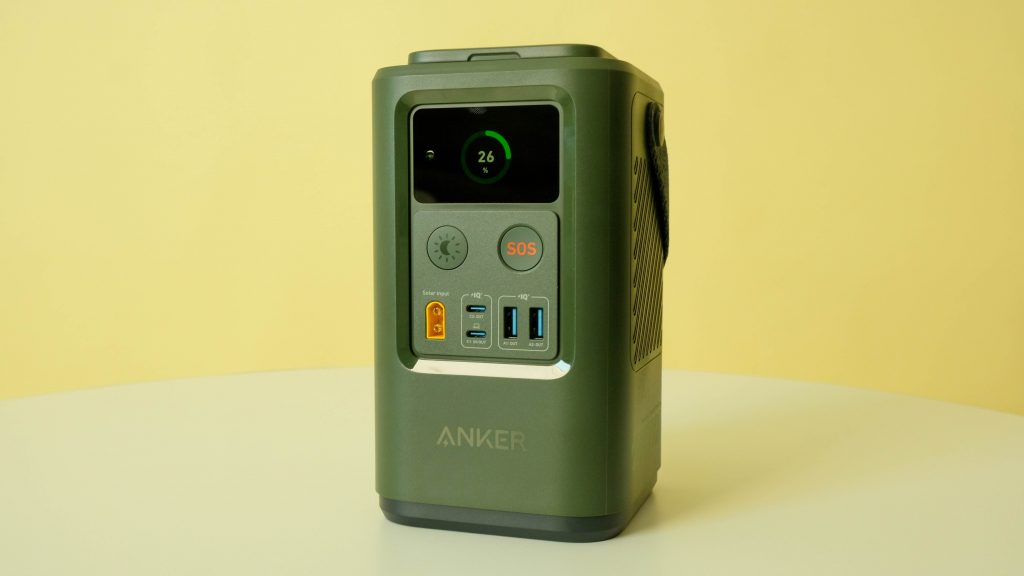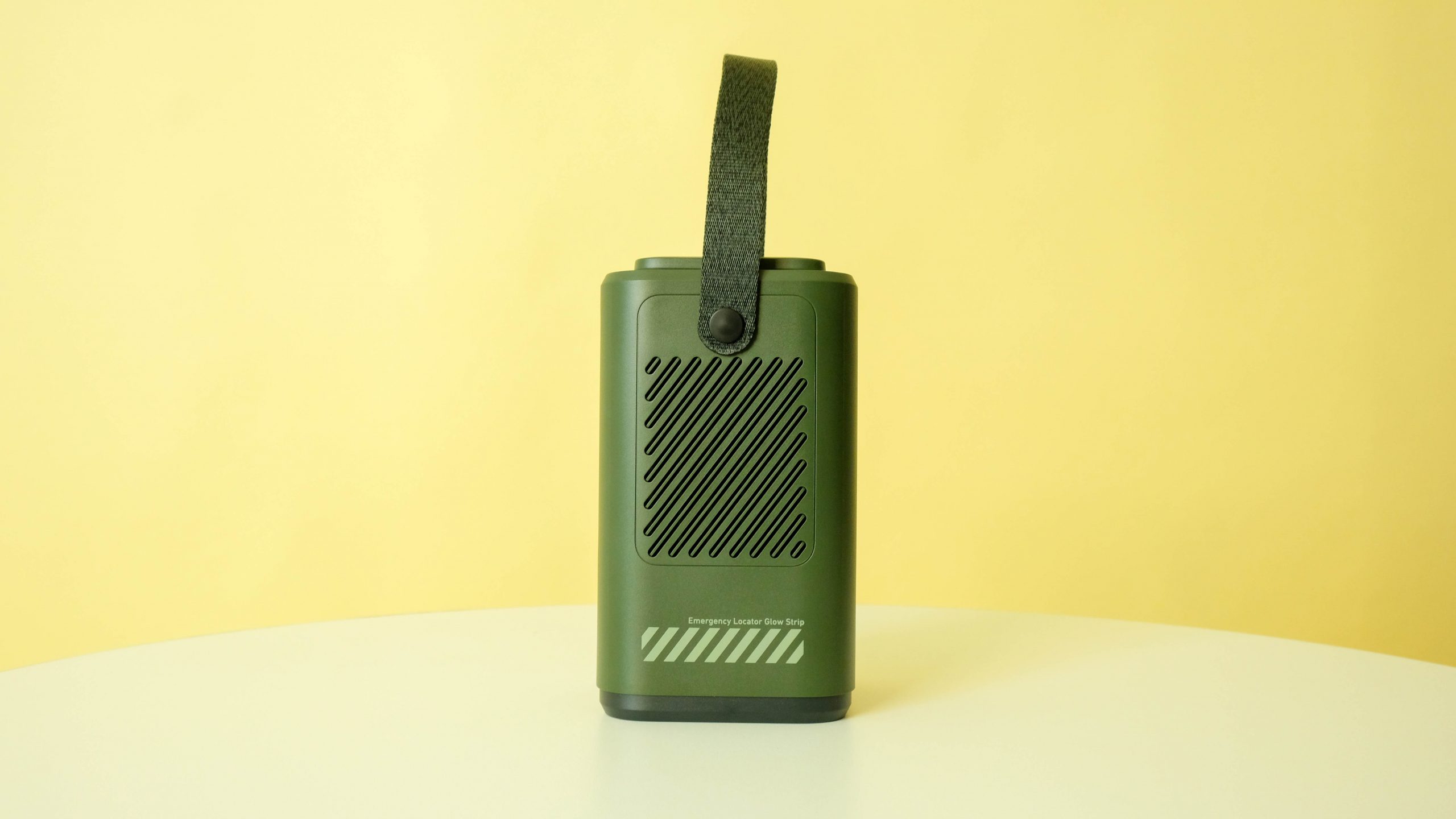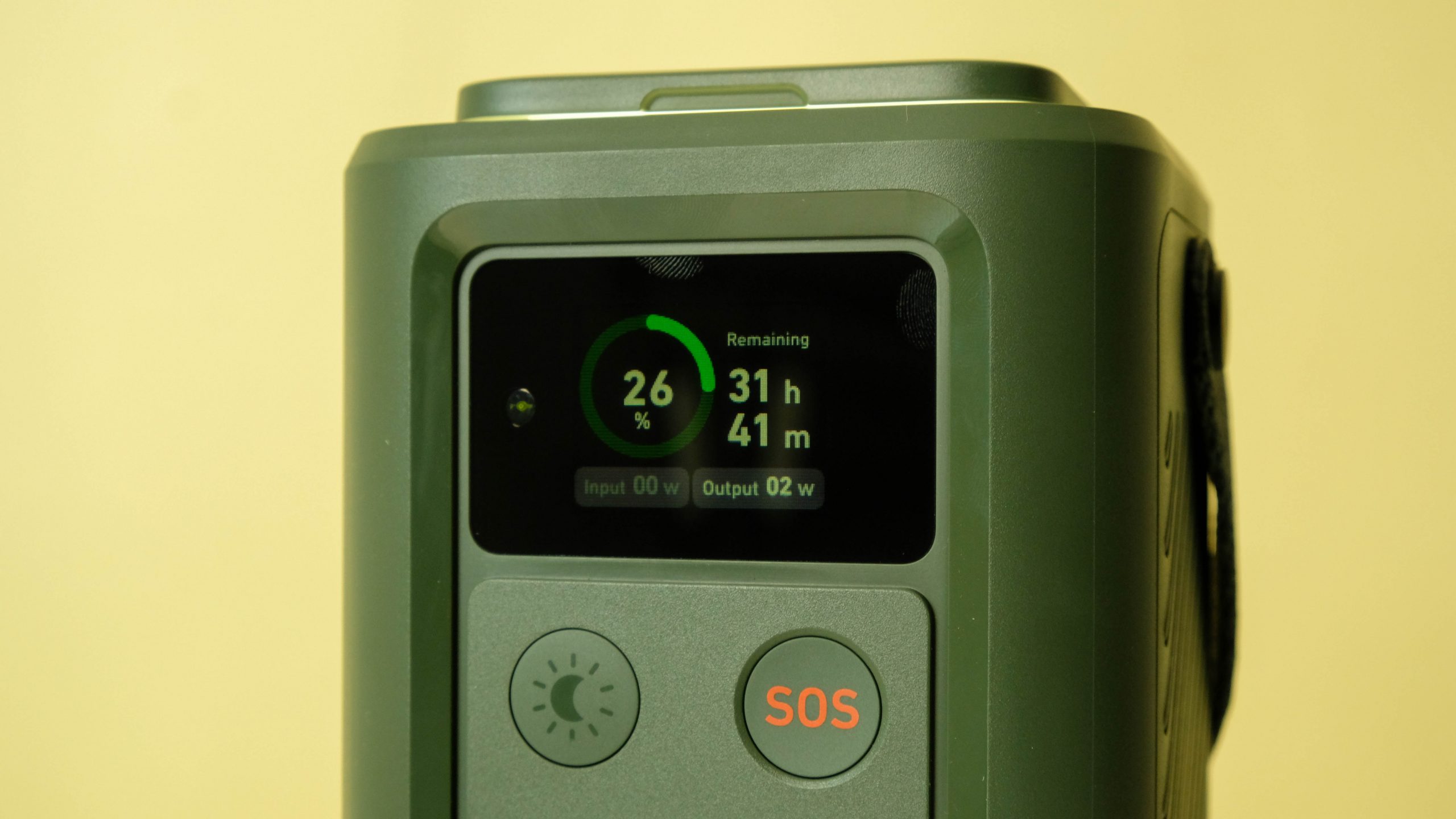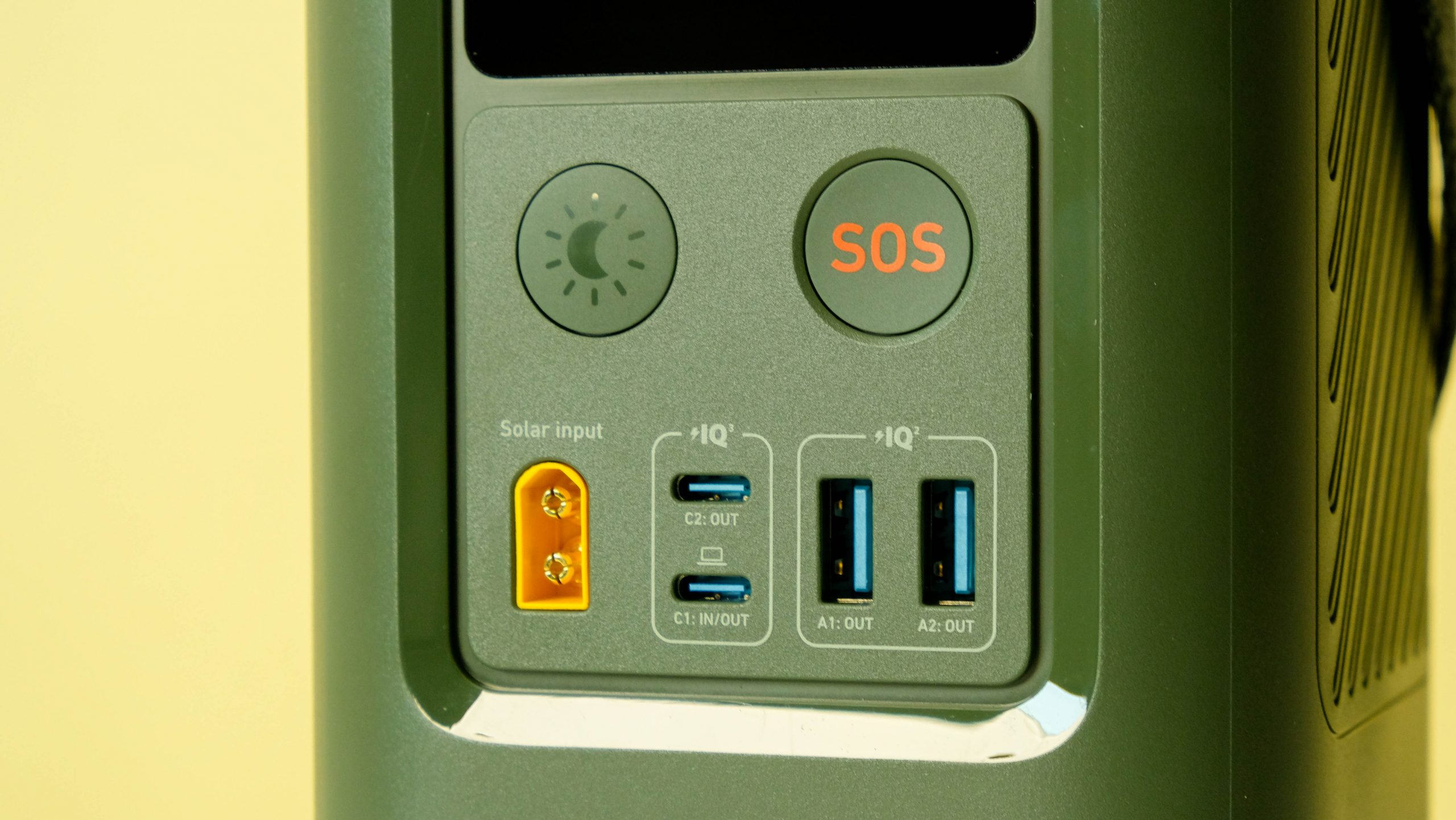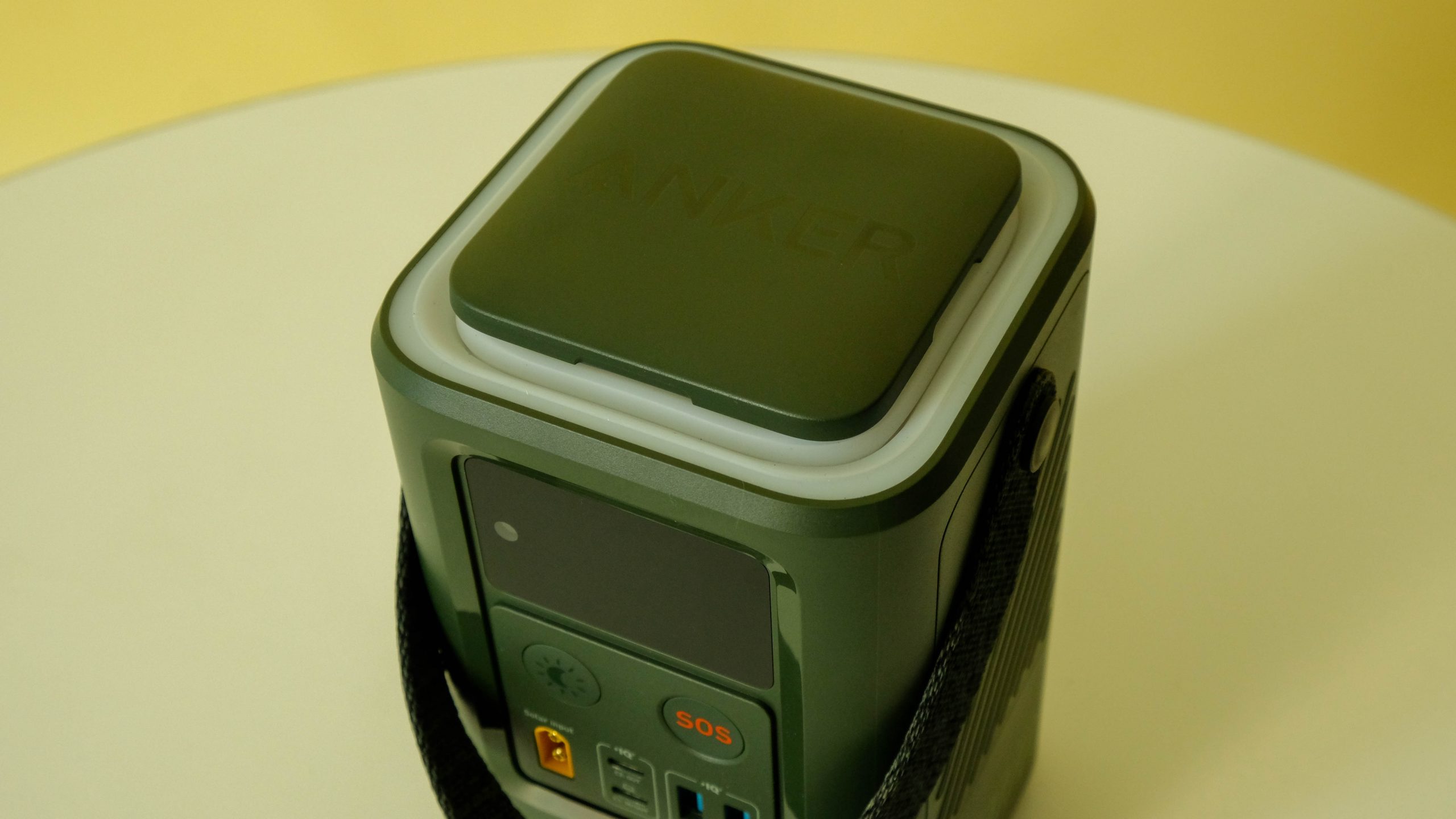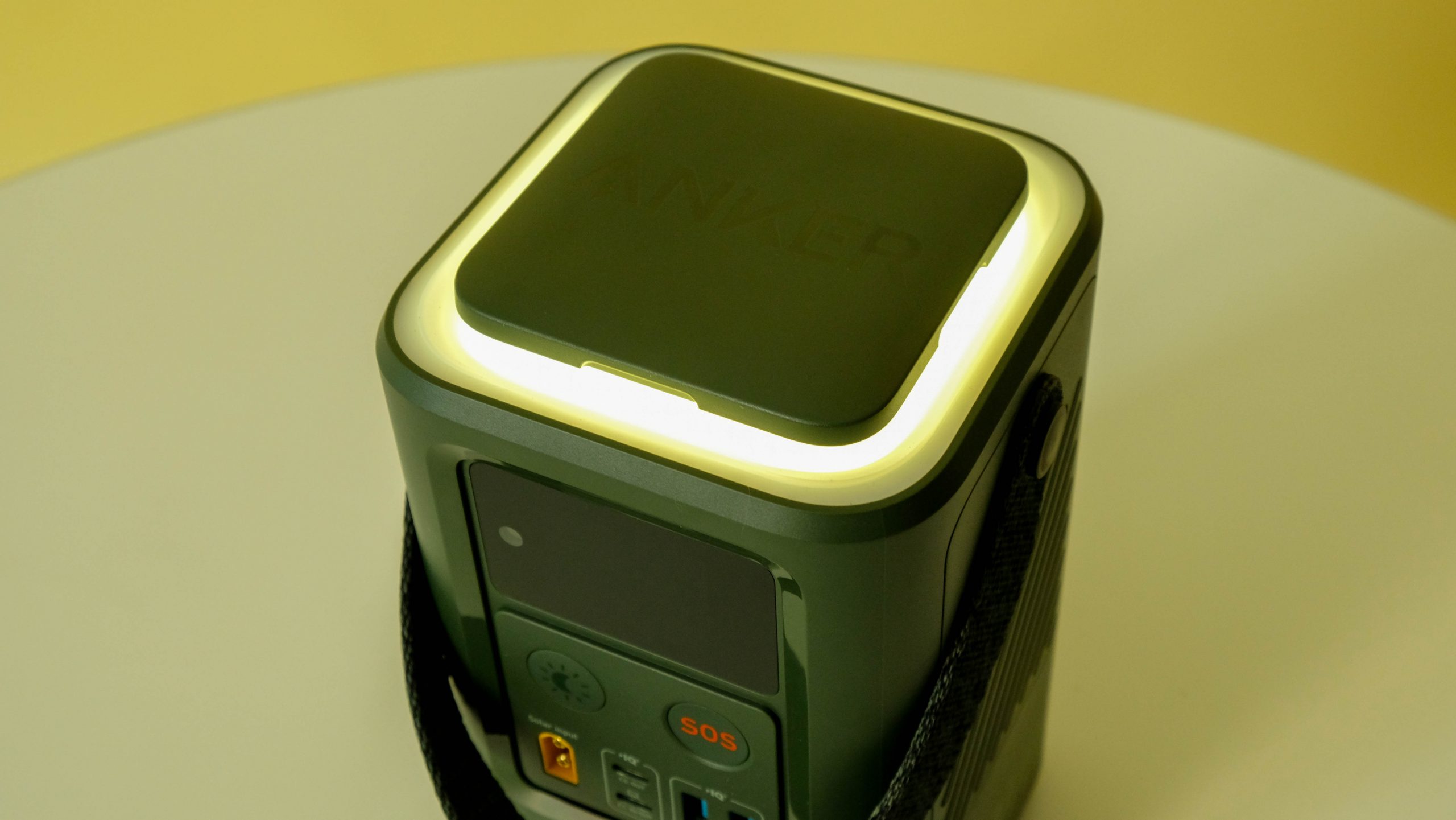Anker's compact battery is a contender for 'must useful camping gadget' right behind a good tin opener but you'll really have to need the form factor to choose this over something bulkier. More capacity and ports are available for much the same price but if you want something to hike with, this is it.
-
Ease of use
-
Battery
-
Practicality
-
Value
Load shedding seems to have departed. So what do we need all these batteries for? The Anker 548 Power Bank makes a compelling case for coming along on your next camping trip, which is much the same as load shedding — except that you choose to do it. How often… makes all the difference.
The Anker 548 Power Bank has several advantages. The battery is massive, given the unit’s overall size, and there are enough ports to keep your sensitive electronics running. It has multiple recharge options, including a solar panel input. Plus, there’s an LED light.
That’s pretty camp
Reinforcing the rugged impression the 548 conveys is a camouflage green you’d expect to find in a PTSD-stricken soldier’s flashbacks. The unit’s dense canvas strap is also reminiscent of army gear that spends time in the field. Then there are the glow-in-the-dark accents on the battery’s sides that mean you’ll have no trouble finding it in a dark caravan.
Merely external features aside, there are a total of five ports. One is a yellow solar input, a pair of USB-C slots, and then a pair of USB-A choices. One of the USB-C ports is used for either charging the Anker 548 Power Bank or for topping up a device of your own. It all depends on what’s plugged in there. The rest, aside from the solar port, transmit power only.
Making light of it
The only working parts, besides plugging stuff in, are two buttons. One turns on the LED light built into the top of the unit and the other sets the same light to flash SOS in Morse code. You know, kinda like the original Nokia SMS tone (which was also Morse code). The standard lighting option has three toggles — an automatic option for when it gets dark, as well as two manual levels of brightness. It’s a neat little feature that doesn’t have to be there, but we do worry that the lovely plastic membrane that hosts the pop-up light section is susceptible to sharp objects.
If you’re not concerned with using the Anker 548 Power Bank as a very long-lived nightlight, then you’ll be pleased to know that it’s very capable as… well, just a battery. The port selection limits this one to almost purely modern electronics but it’ll do that job capably.
For the review, we powered everything needed for an average workday — there’s no time for camping here — on the battery for several days. Admittedly, an M1 MacBook Air and a range of tablets, Kindles, and smartphones don’t do much to draw power but it managed close to four full days without needing a recharge. The 60,000mAh battery doesn’t muck about.
The only area we’d have liked to see improve is the recharge speed. The ‘input’ USB-C supports 60W charging, which translates to a similar capacity for charging. The Anker 548 Power Bank recharges in about four-ish hours from completely flat. Not ideal when some batteries can fast-charge in an hour, but it should mean a longer battery lifespan.
Anker 548 Power Bank verdict
 The tricky bit was always going to be the price. We’ve seen these available online for about R5,800, which is steep for something that doesn’t let you plug in a fan. But the capacity and form factor are agreeable and it’s just the thing to take along on a hike into the great outdoors, especially if you need to get some work done when you get there.
The tricky bit was always going to be the price. We’ve seen these available online for about R5,800, which is steep for something that doesn’t let you plug in a fan. But the capacity and form factor are agreeable and it’s just the thing to take along on a hike into the great outdoors, especially if you need to get some work done when you get there.
We’ve seen similar form factors, built more for transportation than staving off Eskom, in recent months. This might be the best of the lot, so far. But you really have to want the small form factor. If you’re okay with bulk, you can get more plug-in options and double the capacity for about the same price. But you can’t just lob one of those in a backpack, can you?

